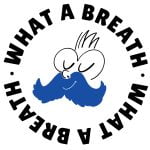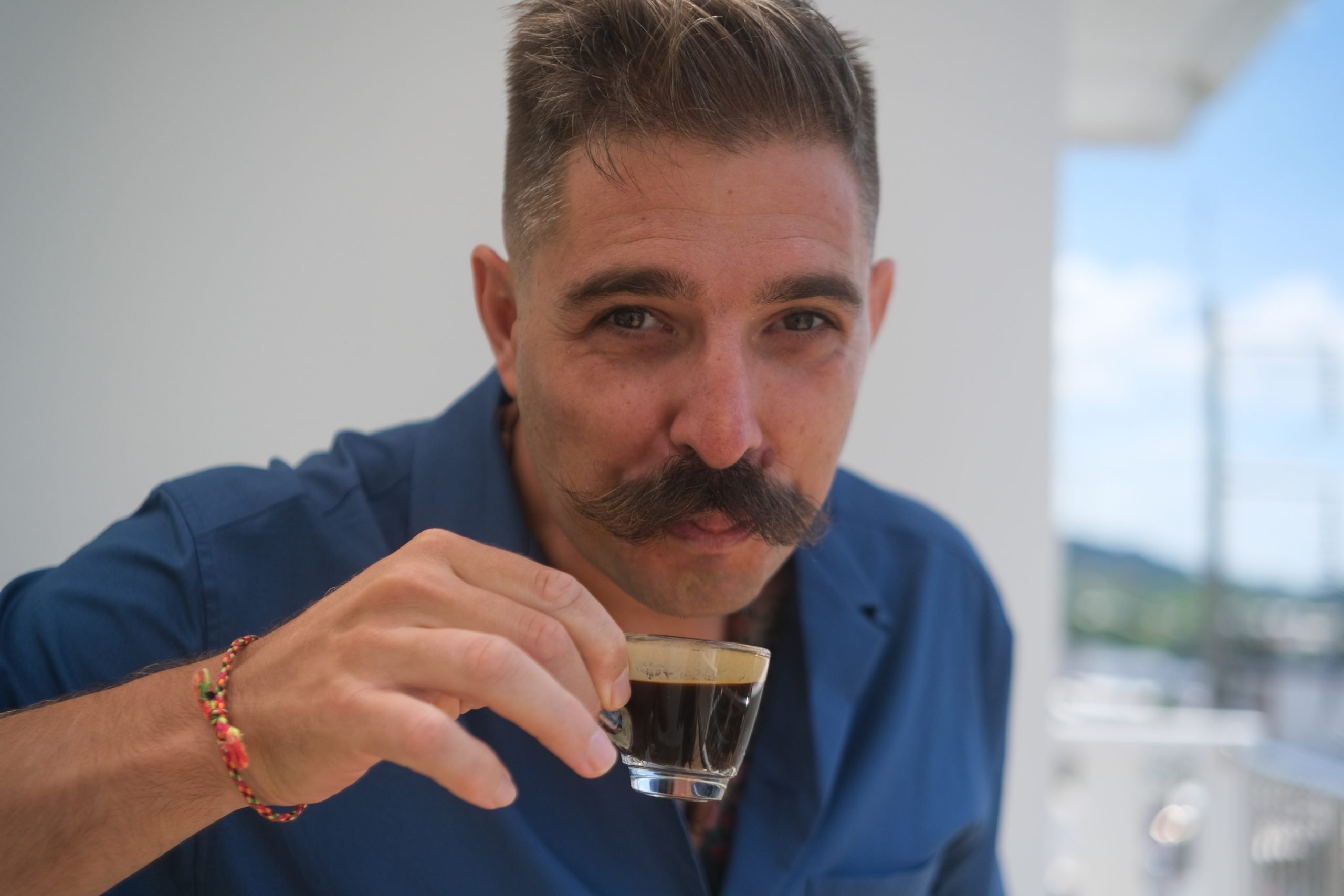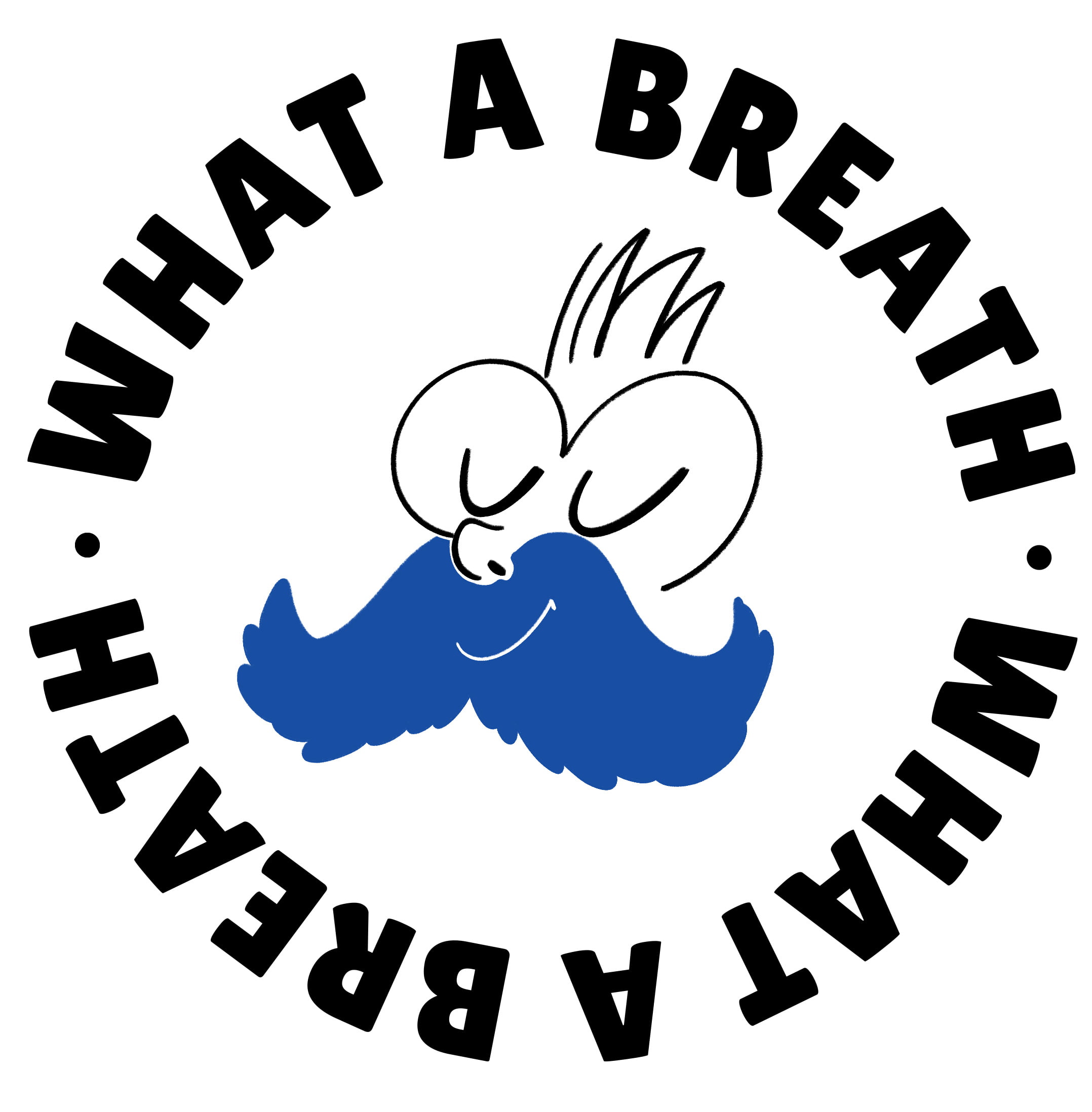Weeee, today we’re talking about yoga and breathing. In the world of yoga, breathing is much more than an involuntary act: it’s a mindful practice that can directly influence our physical and mental health. One of the most complete and ancient approaches to breathing is Pranayama: a technique rooted in the yogic tradition of India.
If you’ve tried practicing yoga but haven’t seen results, know that breathwork is a very powerful complementary tool. You’ll feel the benefits from the very first session, and what you learn can be integrated into your exploration of the yogic world.
Before we start, how are you? How’s everything going? If you feel like sharing and having a little chat, I’m waiting for you on Instagram.
In the meantime, let’s get started. Vamossss.
The Origins of Pranayama Breathing
The term Pranayama comes from Sanskrit and is composed of two words: "Prana”, meaning “vital force” or “life energy,” and “Yama, meaning “control” or “regulation.” Together, Pranayama can be translated as “breath control" or "extension of vital force“.
The origins of Pranayama trace back to ancient Indian texts, including the Vedas, Upanishads, and the classical texts of the Yoga Sutras of Patanjali. These texts describe Pranayama as one of the eight limbs of yoga (Ashtanga Yoga) and consider it fundamental for achieving physical, mental, and spiritual health.
What is Pranayama Breathing?
Pranayama breathing is not just a breathing technique but a collection of practices aimed at improving the quality of life through conscious breath control. This practice involves various breathing techniques that can vary in rhythm, intensity, and method. Some of the most common techniques include:
Nadi Shodhana (Alternate Nostril Breathing)
This technique is also known as “cleansing breath for the nadis.” It aims to balance the body’s energies, calm the mind, and purify the energy channels (nadis).
Kapalabhati (Shining Skull Breathing)
This is a vigorous breathing technique involving a series of rapid, forceful exhalations followed by passive inhalations. It’s known for energizing the body and improving lung capacity.
Bhastrika (Bellows Breath)
In this technique, rapid and powerful inhalations and exhalations are performed, similar to the operation of a bellows. It helps awaken and stimulate the nervous system.
Ujjayi (Victorious Breath)
This method involves slow, controlled breathing with a slight contraction of the throat that produces a hissing sound. It’s often used during asana practice to maintain focus and inner balance.
How to Practice Pranayama Breathing
Here’s a step-by-step guide to get started with some of the most popular Pranayama techniques:
Preparation
- Find a quiet environment: It’s important to practice in a silent and comfortable place where you won’t be disturbed.
- Adopt a comfortable position: Sit with your back straight in a meditative posture, such as lotus or cross-legged. Make sure you’re relaxed but with an upright spine.
Execution of Techniques
Nadi Shodhana
- Close your right nostril with your right thumb.
- Inhale deeply through your left nostril.
- Close your left nostril with your right ring finger and release your thumb from your right nostril.
- Exhale through your right nostril.
- Inhale through your right nostril.
- Close your right nostril and release your left nostril.
- Exhale through your left nostril.
- Continue alternating nostrils for at least 5 minutes.
Kapalabhati
- Sit comfortably with your back straight.
- Take a deep inhalation.
- Exhale quickly and forcefully, contracting your abdomen.
- Allow inhalation to happen passively by relaxing your abdomen.
- Repeat this cycle 20–30 times, then take a break, breathing normally.
Bhastrika
- Sit in a comfortable position.
- Inhale deeply and quickly through your nose, expanding your abdomen.
- Exhale forcefully, retracting your abdomen.
- Continue this cycle quickly for 20–30 seconds.
- Rest and breathe normally for a moment before repeating.
Ujjayi
- Sit with your back straight.
- Inhale slowly through both nostrils, slightly contracting your throat to create a hissing sound.
- Exhale through your nostrils, maintaining the same slight throat contraction.
- Continue for 5–10 minutes, keeping your breath slow and controlled.
Differences from Other Breathing Exercises
Pranayama breathing stands out from other breathing techniques for several reasons:
Awareness and control
Unlike many breathing exercises that focus solely on the movement of air in and out of the lungs, Pranayama emphasizes conscious breath control and awareness of the body’s energetic processes.
Energetic and spiritual goals
While many Western breathing techniques primarily focus on physical benefits, Pranayama aims to balance vital energy (Prana) and promote spiritual growth and deep meditation.
Varietà di tecniche
Pranayama offers a wide range of techniques that can be tailored to different physical, mental, and spiritual needs, such as stress reduction. This makes it an extremely versatile and accessible practice for everyone.
Conclusion
The Pranayama breathing is a powerful practice that goes beyond the simple act of breathing. It involves conscious breath control to improve physical, mental, and spiritual health. Its ancient origins and diverse techniques make it a unique and valuable discipline capable of providing profound benefits to those who practice it consistently and with dedication.
Whether you’re a beginner or an experienced practitioner, Pranayama offers invaluable tools to improve your quality of life. Start exploring these techniques today and discover the transformative power of mindful breathing. And if you found this content interesting, follow me for more similar posts.






